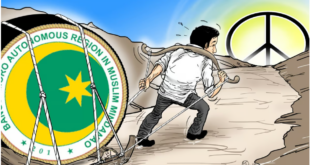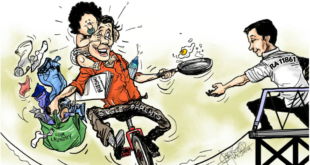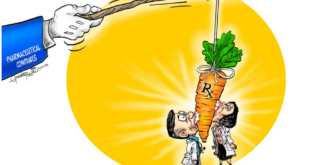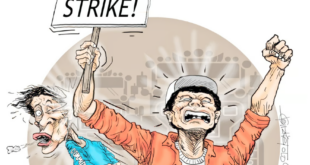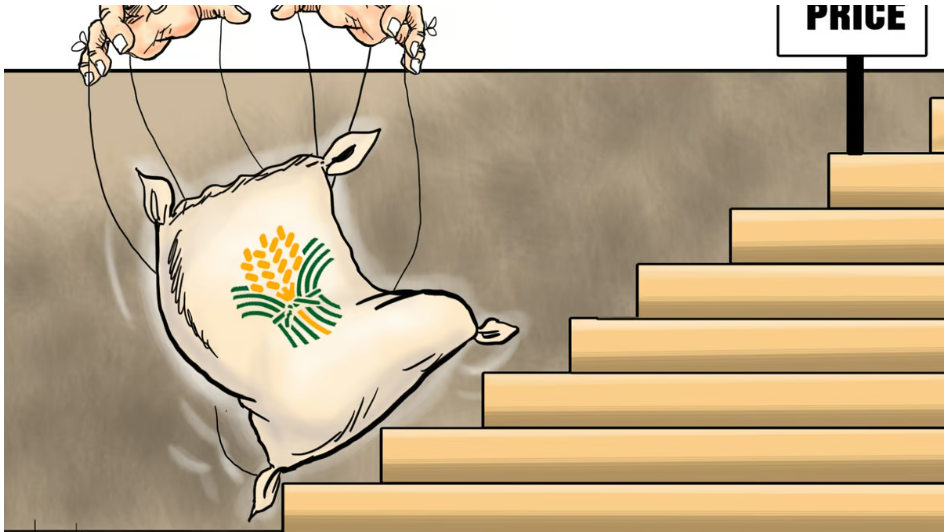 A deep probe on the National Food Authority that Agriculture Secretary Francisco Tiu Laurel directed, going back to the agency’s performance since 2019, may point to forces that wanted to deny the government of benefits from the liberalized rice industry.
A deep probe on the National Food Authority that Agriculture Secretary Francisco Tiu Laurel directed, going back to the agency’s performance since 2019, may point to forces that wanted to deny the government of benefits from the liberalized rice industry.
The audit will cover the years after the Rice Tariffication Law was passed. The law is now apparently under a determined attack by the rice cartel.
“We want to see if there is a pattern of rice disposition that is disadvantageous to the government,” Laurel said on the probe’s purpose.
The Ombudsman ordered NFA officials and personnel to be probed for selling rice at subsidized prices to traders and not to the poor based on its mandate.
Under the RTL, the NFA’s primary roles have been to stabilize grain prices and maintain a buffer stock for emergencies.
The agency has been largely ineffective in stabilizing prices as it can only buy an average of two to four percent of the country’s total palay output.
Before the RTL, the NFA had a monopoly on rice importation, which big rice traders benefited from by manipulating the agency and corrupting its officials.
NFA was a milking cow of thieves in the government. Aside from the commissions obtained per kilo of imported rice, kickbacks are aplenty from contracts in the whole supply chain of the rice trade, such as shipping, stevedoring, trucking, barging, bagging, warehousing, and fumigation.
The recent discovery of the sale of supposed old rice stocks has been an ongoing practice that proves collusion between NFA personnel and unscrupulous traders.
Under the old rice trade system, quantitative restrictions were imposed to limit NFA importation and allow Filipino farmers to sell rice at optimum prices during harvest season.
NFA has artificially kept palay prices up through subsidies, but the combination of its importations, when world market prices were high, resulted in soaring costs in the market.
NFA’s monopoly has a global impact. The Philippines is currently the biggest rice importer in the world, even beating China. The import price that the agency pays becomes the global indicator.
Thus, NFA used public funds to bid up rice prices that benefitted the cartel before the RTL.
NFA’s insolvency was a constant headache for the government, which saw the subsidy funds for NFA, as one economic manager described it, as being like throwing money into an incinerator.
The TRL initially changed the bad financial run of the NFA.
In 2021, the third year of the RTL’s implementation, NFA cut its loss by 38 percent to P9.6 billion from P15.44 billion in 2020.
Limiting NFA to maintaining the rice buffer stock as provided under the law meant lower procurement volumes, which can be funded solely out of subsidies from the government, according to a report of the Department of Finance.
NFA’s lower procurement volumes led to a reduction in operating costs.
Before the RTL was passed in 2019, the NFA, as an import monopoly, received an average of P11 billion a year in tax subsidies from 2005 to 2018.
This was replaced under RTL by earnings to the government of P46.6 billion in rice import tariffs during the first three years of the RTL’s implementation.
RTL then proved effective in lowering rice prices, that is, until the rice cartel went to work.
The sinister objective is to prove that the RTL is a failure and that the NFA must regain its importation power, if not its monopoly of the rice trade.
The cartel is hurting by the lost opportunity from the money that now goes to the state coffers instead of their greedy pockets.
*****
Credit belongs to: tribune.net.ph
 Atin Ito First Filipino Community Newspaper in Ontario
Atin Ito First Filipino Community Newspaper in Ontario

